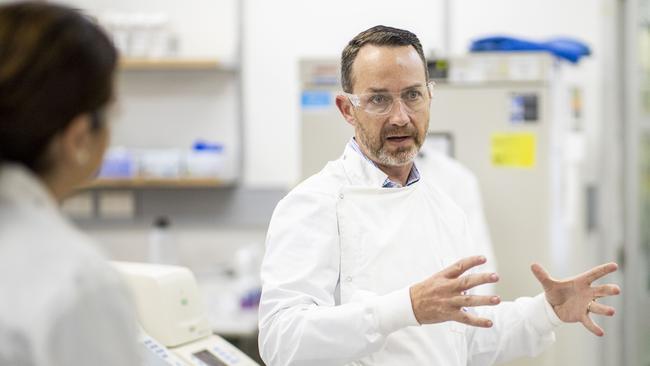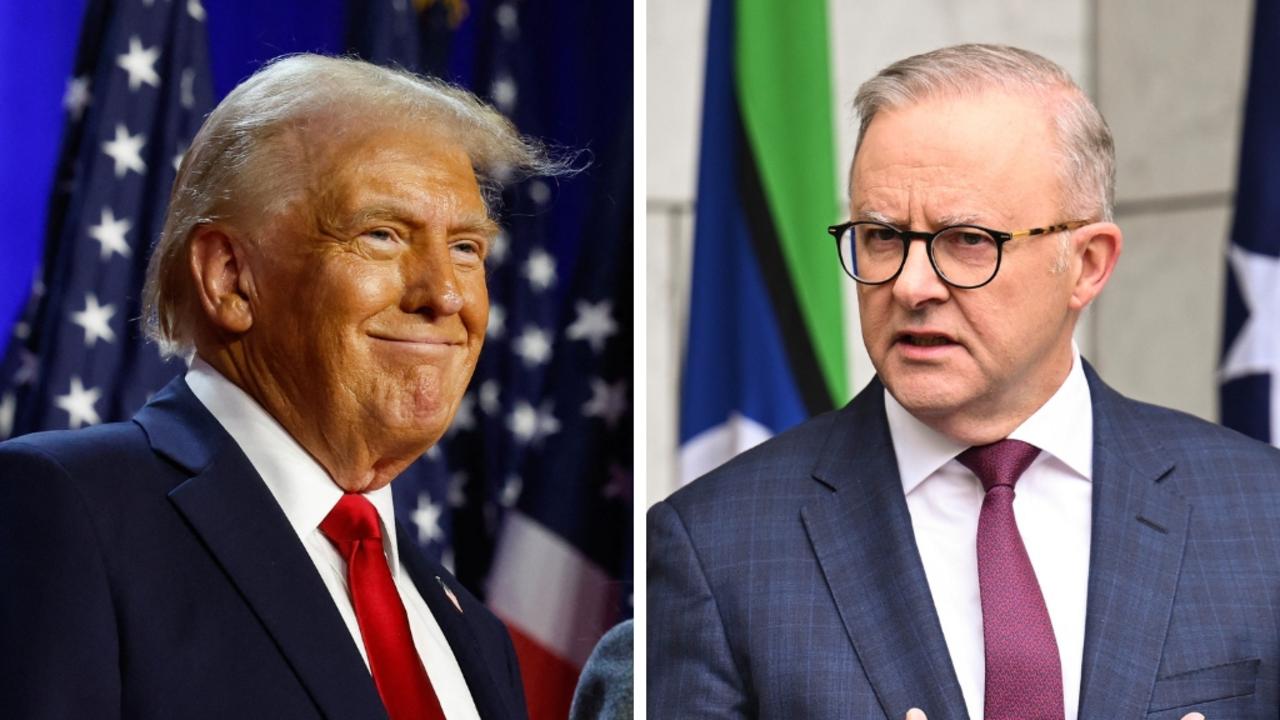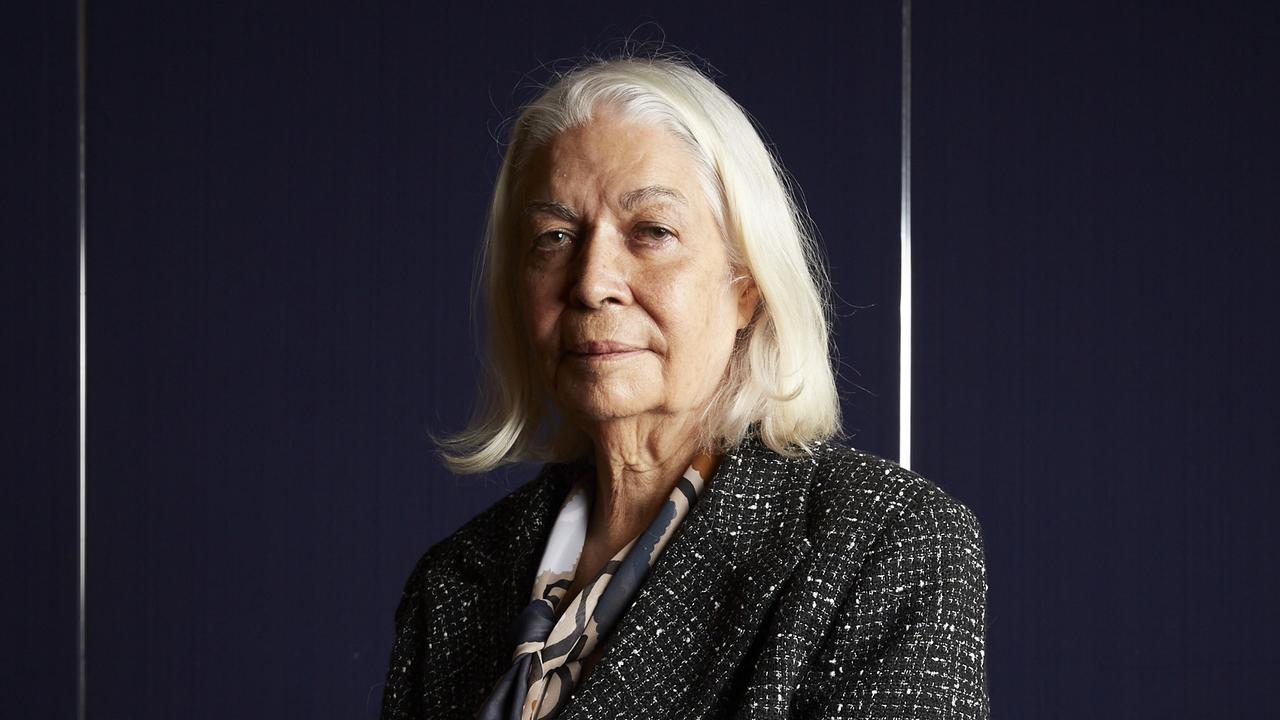Coronavirus: Hopes up for an Australian vaccine by September
Scientists behind game-changing molecular clamp technology at the University of Queensland believe human trials could start as soon as July.

An Australian vaccine for COVID-19 could be ready by September, dramatically advancing the timeline to contain the coronavirus and return life to normal.
The scientists behind game-changing molecular clamp technology at the University of Queensland believe human trials could start as soon as July.
The ambitious target came after the scientists revealed their experimental drug had delivered better immunity levels than those in people who had recovered.
Program leader Trent Munro said the vaccine was on a fast-track to enter production this year, well ahead of expectations it could take up to 18 months to develop, if at all.
Subject to regulatory approvals, it could be ready to be mass-produced in the September quarter — an “incredibly ambitious” schedule, the Brisbane-based researcher acknowledged.
“That’s the goal we have been working to but, yes, I think that is a possibility if everything went to plan,” Professor Munro said. “Now, that (vaccine) may not be fully tested, it may not be ready for distribution, so I am not trying to give you caveats, I am just trying to be realistic. But our goal was really to demonstrate at-scale manufacturing in that type of timeframe.”
Co-leader of the laboratory team Keith Chappell said the results of the preclinical trials on mice had exceeded expectations.
“What was amazing to see was the amount of antibodies produced in the mice to neutralise the virus was much higher in our vaccine than has been seen in most recovered patients who have experienced the disease,” Dr Chappell said.
“That gives us a good indication that the vaccine should work, it should provide a greater level of protection than being exposed to the virus.”
The findings released on Wednesday entrench the molecular clamp technology in the top tier of the 100-plus COVID-19 vaccines under development globally.
The UQ team repurposed an existing pandemic vaccine platform that had proved to be highly effective in the lab against seasonal influenza and SARS, a coronavirus closely related to COVID-19.
Kanta Subbarao of the Peter Doherty Institute for Infection and Immunity, which is assessing the candidate vaccine in partnership with the Brisbane scientists, said the antibody response was capable of ¬neutralising infection in the live virus in cell culture.
“This is a very important finding because similar immune responses from SARS vaccines in animal models were shown to lead to protection from infection,” Professor Subbarao said.
The molecular clamp technology ingeniously targets spike proteins that coat the surface of the coronavirus to unleash the body’s defence system against it.
The vaccine project extends to The Netherlands where specialist biotech company Viroclinics Xplore is finetuning the next stage of pre-clinical work to inoculate ferrets and hamsters that will then be challenged by the live virus.
While there were no guarantees of success, Professor Munro said the support the team had received allowed work to crack on at an “unprecedented” pace.
This included funding from international not-for-profit the Coalition for Epidemic Preparedness Innovations and governments in Australia, backing from the CSIRO and a preliminary agreement with multinational Cytiva on manufacturing.
“When you start combining clinical readiness with scale-up manufacturing, the costs quickly escalate and our primary goal here was to try and break down the financial constraints as much as we could,” he said.
Dr Chappell said the priority was to show not only that the vaccine worked and was safe but that it could be mass-produced in a form that could be distributed. This involved scaling up 50-litre test batches at the CSIRO’s biomedical plant in Melbourne to bioreactors producing thousands of litres of vaccine at a time.
The practicalities of putting the drug into the right container for use — as an injection or spray — as well as further clinical testing and regulatory approvals would have to happen faster than ever before.
“It’s a big difference to say that we’ve got a million doses of vaccine in a bucket compared to in single-use syringes ready for use around the world, with all the ethics in line and the approvals in place,” Dr Chappell said.
“There is a lot of work to do in the next six months to show that the vaccine works, to scale it up, to get it into vials, to (determine) how it’s distributed and gets to where it is needed most.”
The team’s optimism is in stark contrast to warnings that a vaccine is no certainty to emerge, despite the resources being poured into the R&D effort internationally.




To join the conversation, please log in. Don't have an account? Register
Join the conversation, you are commenting as Logout